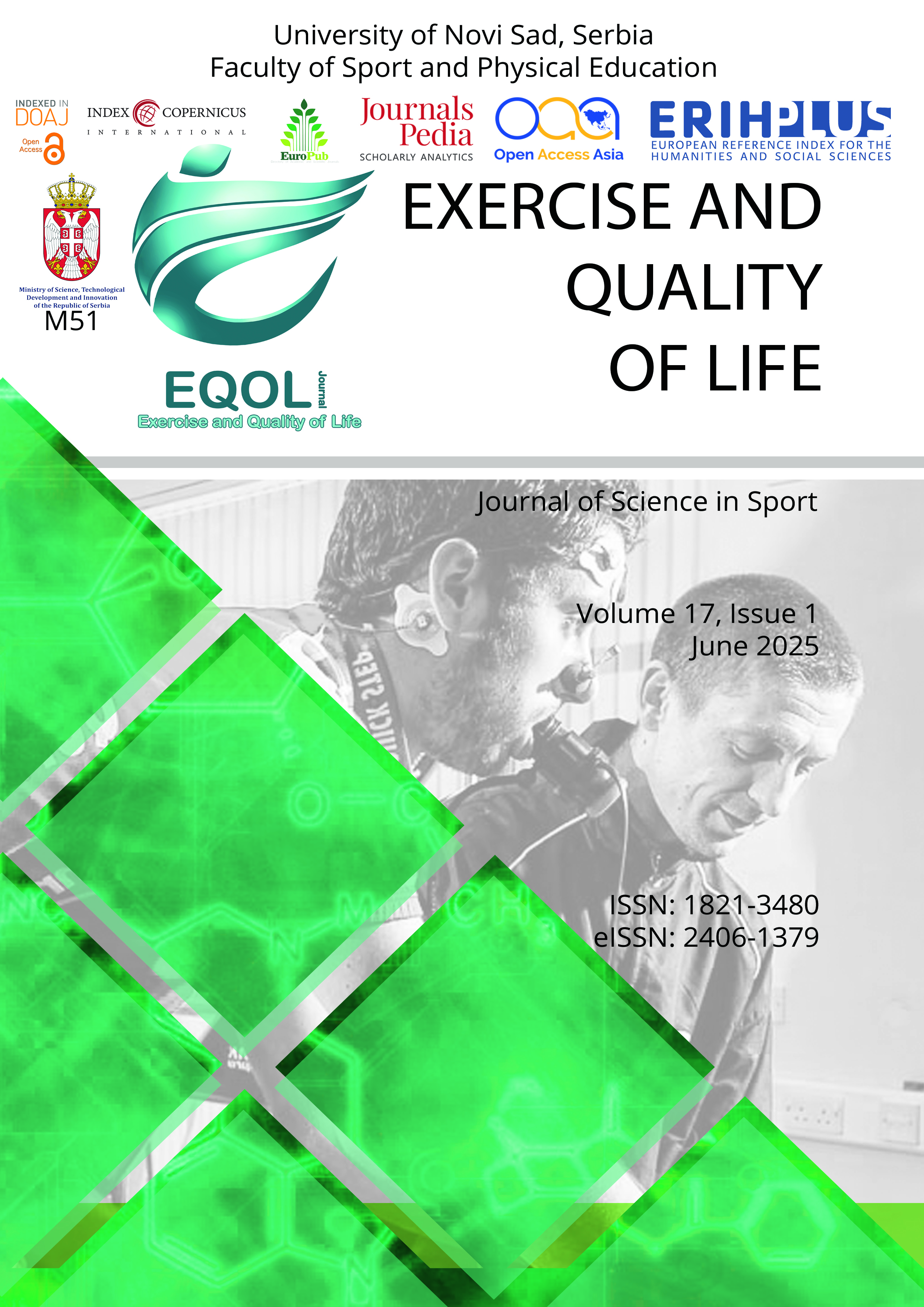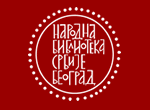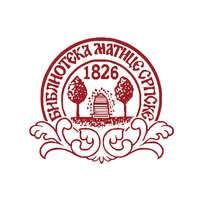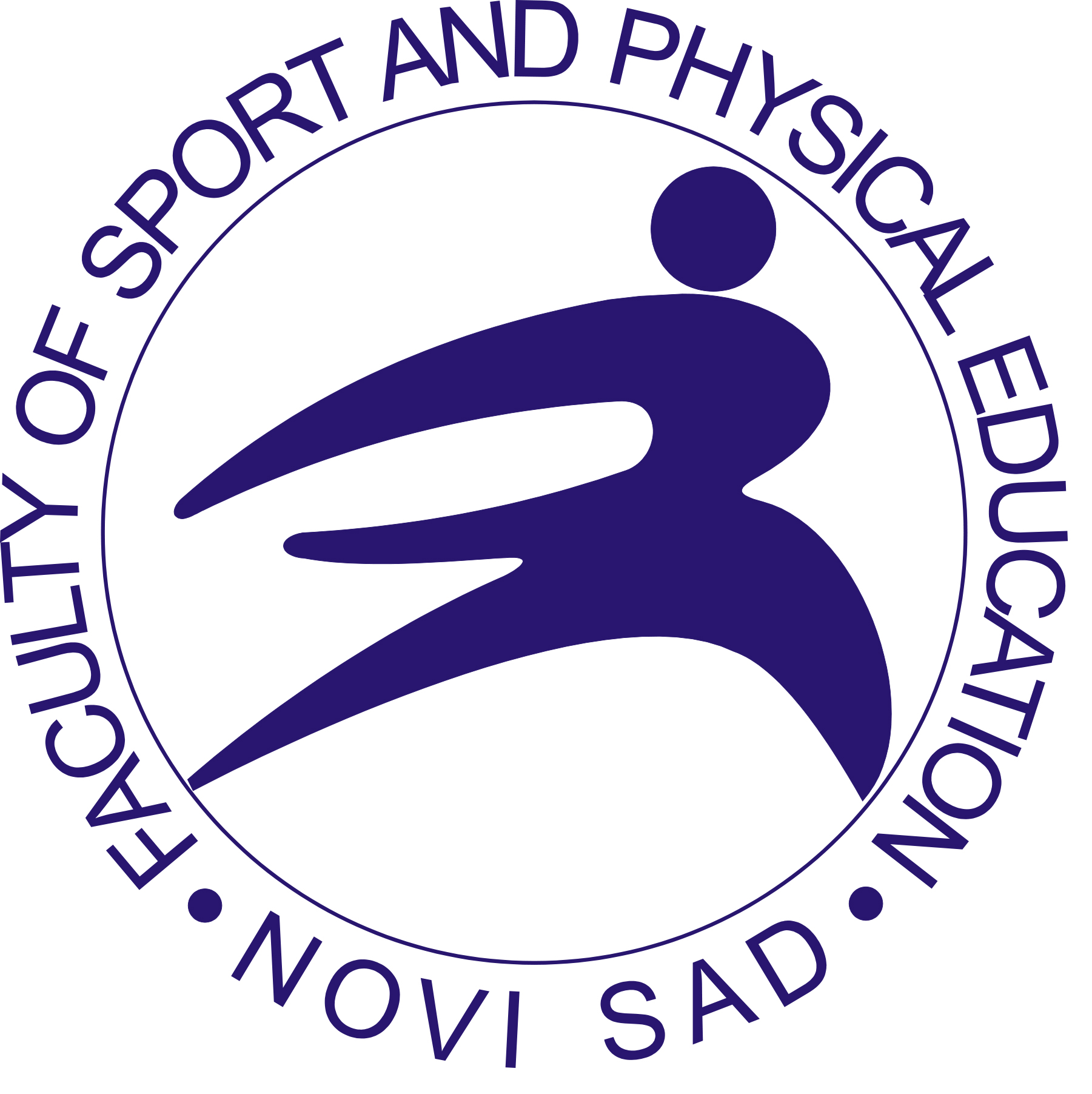
More articles from Volume 5, Issue 2, 2013
JUMPING ABILITIES IN YOUNG FEMALE GYMNASTS: AGE-GROUP DIFFERENCES
MENSTRUAL CYCLE AS AN OBSTACLE TO ACHIEVING MAXIMAL SPORT RESULT
SPRINTING SPEED OF PREPUBERTAL GIRLS AND BOYS
DIFFERENCES IN MOTOR ABILITIES OF CHILDREN IN RELATION TO GENDER AND AGE
JUMPING ABILITIES IN YOUNG FEMALE GYMNASTS: AGE-GROUP DIFFERENCES
Faculty of Sport and physical education , Novi Sad , Serbia
Faculty of Sport and physical education , Novi Sad , Serbia
Faculty of Sport and physical education , Novi Sad , Serbia
Faculty of Sport and physical education , Niš , Serbia
Faculty of Kinesiology, University of Zagreb , Zagreb , Croatia
Abstract
The aim of the study was to give more informations about jumping abilities of young
female gymnasts. We examine age-related differences in some variables of counter-movement
jump (CMJ) and counter-movement jump with arm swing (CMJA), between two age categories
of young female gymnasts (n=47) and also reliability of testing vertical jump in gymnasts. The
study was conducted on an international competition. Our research has shown that age-related
differences were observed only in height of the jumps, but not in power output of both jumps and
displacement of depth of body’s center of gravity. Jumping capabilities are crucial in gymnastics
in all levels of competitions and in all categories of gymnasts. Testing and periodical monitoring
of young athletes’ abilities are important for defining the training programmes adapted to the
needs of gymnastics and the age of the gymnasts.
Keywords
References
Citation
Copyright

This work is licensed under a Creative Commons Attribution-NonCommercial-ShareAlike 4.0 International License.
Article metrics
The statements, opinions and data contained in the journal are solely those of the individual authors and contributors and not of the publisher and the editor(s). We stay neutral with regard to jurisdictional claims in published maps and institutional affiliations.
























